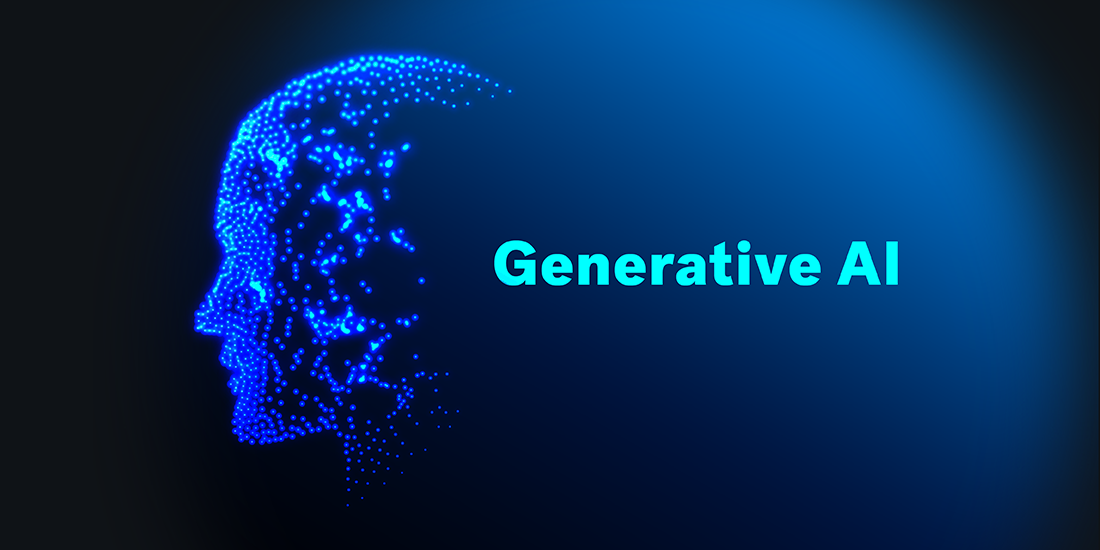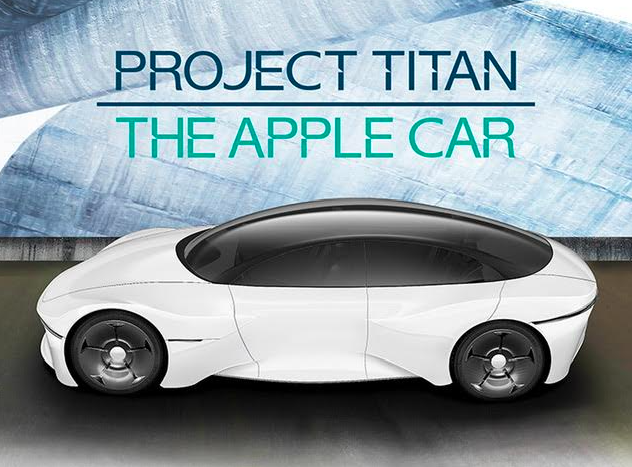As you may have seen as of recent, once you search something up on Google, Bing, or basically any other search engine, you will see an option to use Generative AI. Once you click this button, AI will generate a synopsis of all the sources that have popped up after searching whatever. This synopsis can either be in the form of a paragraph, bullet points, and even pictures of what it is trying to get across. What you may not have realized is that the generative AI that is being used now to help you easily accumulate knowledge, was created and used long before this.
Obviously, before you can ever state the purpose of something you have to figure out the context and history behind it, so to start off we will be talking about how and when generative AI was created. The first documentation of generative AI was back in the olden days of the 1950s and 60s when researchers like Allen Newell and Herbert A. Simon developed a program that could generate proofs of mathematical theorems called, Logic Theorist. Then following the 60s, the 70s and 80s introduced more advanced versions of the generative AI which were able to lock on to specific fields and give solutions or recommendations to certain problems. While not as complex as they are nowadays, these simple messages AI would create at the time were revolutionary and laid the foundation for more to come.
The more to come, came in the form of natural language processing, NLP for short, which was mainly used for generating human like text. The use of statistical language models and rule-based systems, which were used for text summarization and machine translation, aided in the rise of NLP during the 90s. Which then allowed for more advanced technologies to take shape in the 2000s and 2010s. During these two decades researchers, instead of using traditional methods, began using artificial neural networks, which to put in layman’s terms is creating computer systems that work like the brain. This led to the creation of much more realistic content. Then in 2014 a major breakthrough came to this field with something called Generative Adversarial Networks (GANs). This system allowed for two AIs to test each other in a way. One was used to create something and then another was used to test if it is real or not, with both growing better at their roles the more this process happened.
And then finally, in the latter parts of the 2010s and early 2020s, the creation of large language models (LLMs) became a major part of what people now know as modern day AI. Well known LLMs are GPT and BERT, which are models that create texts that are coherent and relevant with recent history as well as previous responses, to simulate what having a chat with another person would be like.
Now that we have finished the timeline of generative AI, we have to analyze the purpose and capabilities of modern day generative AI. The purpose and capabilities of generative AI are endless, and they are becoming more and more intertwined with the creation of anything. Just to list off of a few things that AI influences: content creation, data augmentation, conversations, recommendations, art and creativity, text summarization, scientific discoveries, entertainment industries, healthcare, language translation, simulation and training, and security. These are just a small fraction of what AI is really a part of, but the things listed above are probably the most prevalent in your daily lives. The ever evolving field of AI is striving to become more and more realistic, with many uses in our daily lives, the need to create more advanced forms of generative AI is becoming a necessity not just to create, but to understand.
Without even realizing it, generative AI have swirled up a storm and created waves in the technological field. Starting in the 1950s and continuing on now, researchers strive to create a true AI on par with the brain. As that day comes ever closer, we as a people have to learn to understand it and use it to our benefit. Whether it be quickly summarizing sources or talking to a computer, we each and every day grow more closely to AI and become more dependent on it. So this begs the question that you should take away from this article. How can we ensure a harmonious coexistence with AI while harnessing its full potential to benefit humanity, without getting burned in the process? Because, of course, we don’t want to end up like Icarus getting scorched because of our own creation.












